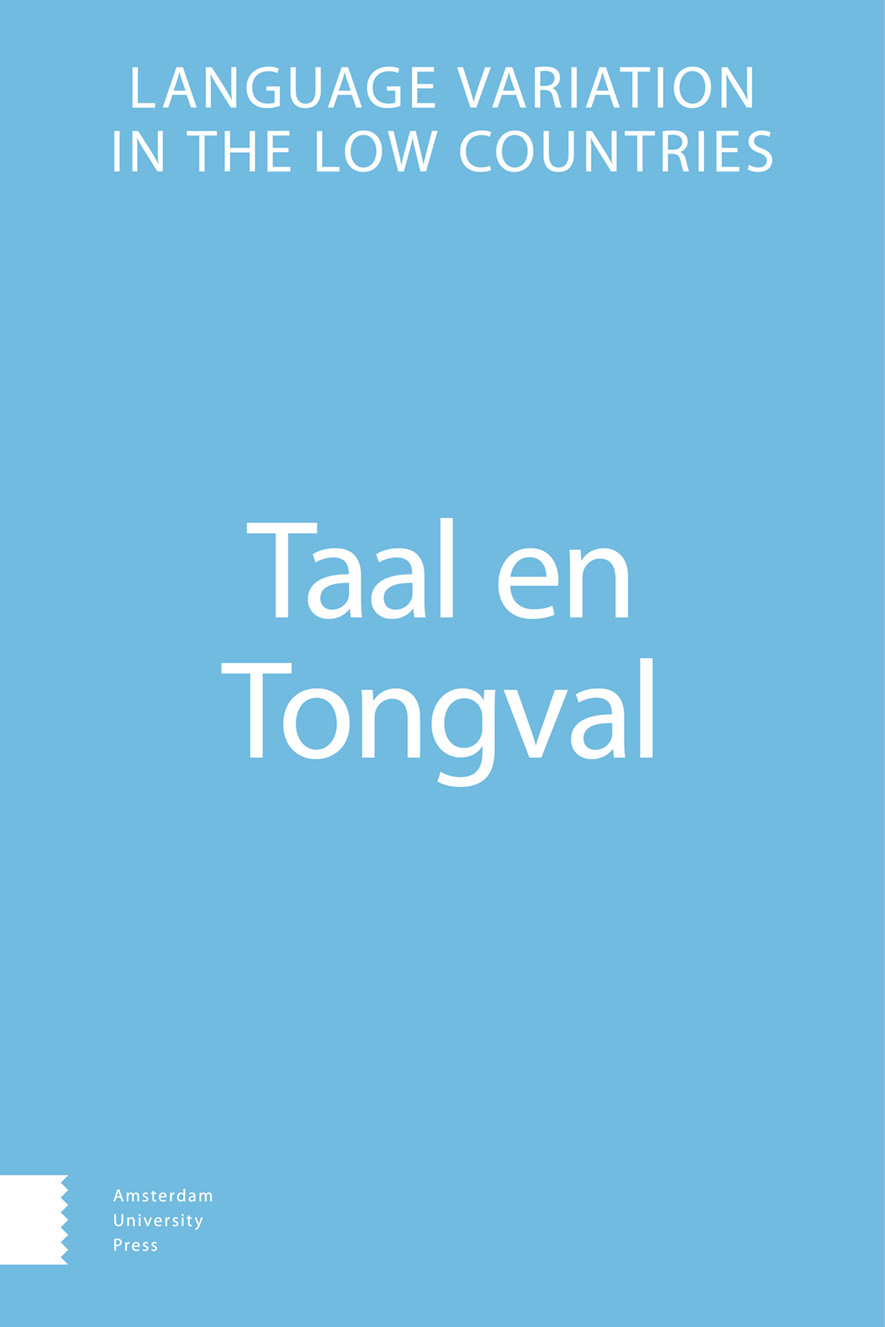- Home
- A-Z Publications
- Taal en Tongval
- Previous Issues
- Volume 66, Issue 2, 2014
Taal en Tongval - Volume 66, Issue 2, 2014
Volume 66, Issue 2, 2014
-
-
CIJNS en TIJNS, één belasting twee termen
More LessAbstractCIJNS and TIJNS, one tax two terms. Origin and reciprocal influence, and the complex relation between CIJNS and ASSIJS
Dutch has two terms, CIJNS and TIJNS, for one type of tax. A third term, ACCIJNS, which in older Middle Dutch is ASSIJS denotes another type of tax. CIJNS is written with dozens of spellings, for instance cense, chens, cins, tsins, sise, tseys, cyes, whereas the spelling of TIJNS is more or less stable, as can be established on the basis of 13th and 14th century Middle Dutch corpora. It is argued that
- CIJNS and TIJNS come from Latin CENSUS without intervention of Romance,
- CIJNS, the southern form in Middle Dutch, via Old French C(H)ENS;
- TIJNS, the northern form of Middle Dutch, via Low German TINS and High German ZINS, the T having originated in Low German;
- the many spelling variations of CIJNS are due to
- the vowel of TIJNS which has influenced the vowel of CIJNS, for instance cens > cins;
- ASSIJS which in one area has temporarily lead to the loss of the n in CIJNS, for instance sinse > sise, cijns > cijs; later in the same and an adjacent area the opposite trend has led to ACCIJNS, in which CIJNS has become a derivation;
- the absorption of the [n] by the preceding vowel of Old French CENS resulting in pronunciations such as [sẽ:s] or [sẽjs], sometimes perceived by Flemish speakers without nasality as for instance [sejs] noted seys;
- the begin group of Old French C(H)ENS reproduced in Dutch as for instance c, ch, ts, cs, tz, s and pronounced as [ts], [tʃ], [s], [ʃ].
- CIJNS and TIJNS come from Latin CENSUS without intervention of Romance,
-
-
-
Systematisch onderzoek naar Nederlandse contactvariëteiten
More LessAbstractSystematic research into contact varieties of Dutch
The purpose of this article is to show that the compilation of a corpus of Dutch contact varieties, CoVaCo, will offer new and interesting possibilities for research. Paragraph 2 gives an overview of Dutch contact varieties and the texts available in these varieties, digitally or in printed form. This proves that building CoVaCo is feasible. Paragraph 3 presents a number of limited case studies to show the research potential of CoVaCo. Finally, in paragraph 4, I ask researchers for practical support in building CoVaCo.
-
-
-
Regiolect verankerd
More LessAuthors: Max Wilting, Roeland van Hout & Jos SwanenbergAbstractConsolidating Regiolect. A survey of dialect and regiolect use by adolescents in the Eindhoven area
This study is a survey of dialect use, accent strength, knowledge and use of lexical dialect items, and attitude among adolescents in the Eindhoven area, an urbanized area in the Dutch province of North-Brabant. Regiolects tend to emerge and take over the functions of dialects in large parts of Europe, including the Netherlands, especially in urbanized areas. The basic research hypothesis of this study is that respondents report regiolect use more often than dialect use.
Data of 259 respondents have been gathered. The age varied from 12 to 18, education ranged from VMBO (lower secondary professional education) to VWO (pre university education) and all respondents lived in either Eindhoven or surrounding places, defining the urbanized area of Eindhoven. For analyses, respondents have been divided in three age groups, three education groups and two language groups.
Analyses of the data suggest that Standard Dutch is the preferred variety in every domain of language use, but a substantial number of respondents reported to be able to speak regiolect or dialect. Many dialect items were unknown to our respondents, but regiolect items were reported to be widely used, even by respondents who claimed to be using Standard Dutch exclusively. Accordingly, respondents generally had a positive attitude towards both Brabantic language varieties and the culture of Brabant. Adolescents, even when coming from outside of the province of Brabant, have an obvious sense of belonging to Brabant, as signalled by their widespread use of the Brabantic regiolect.
-
Most Read This Month


